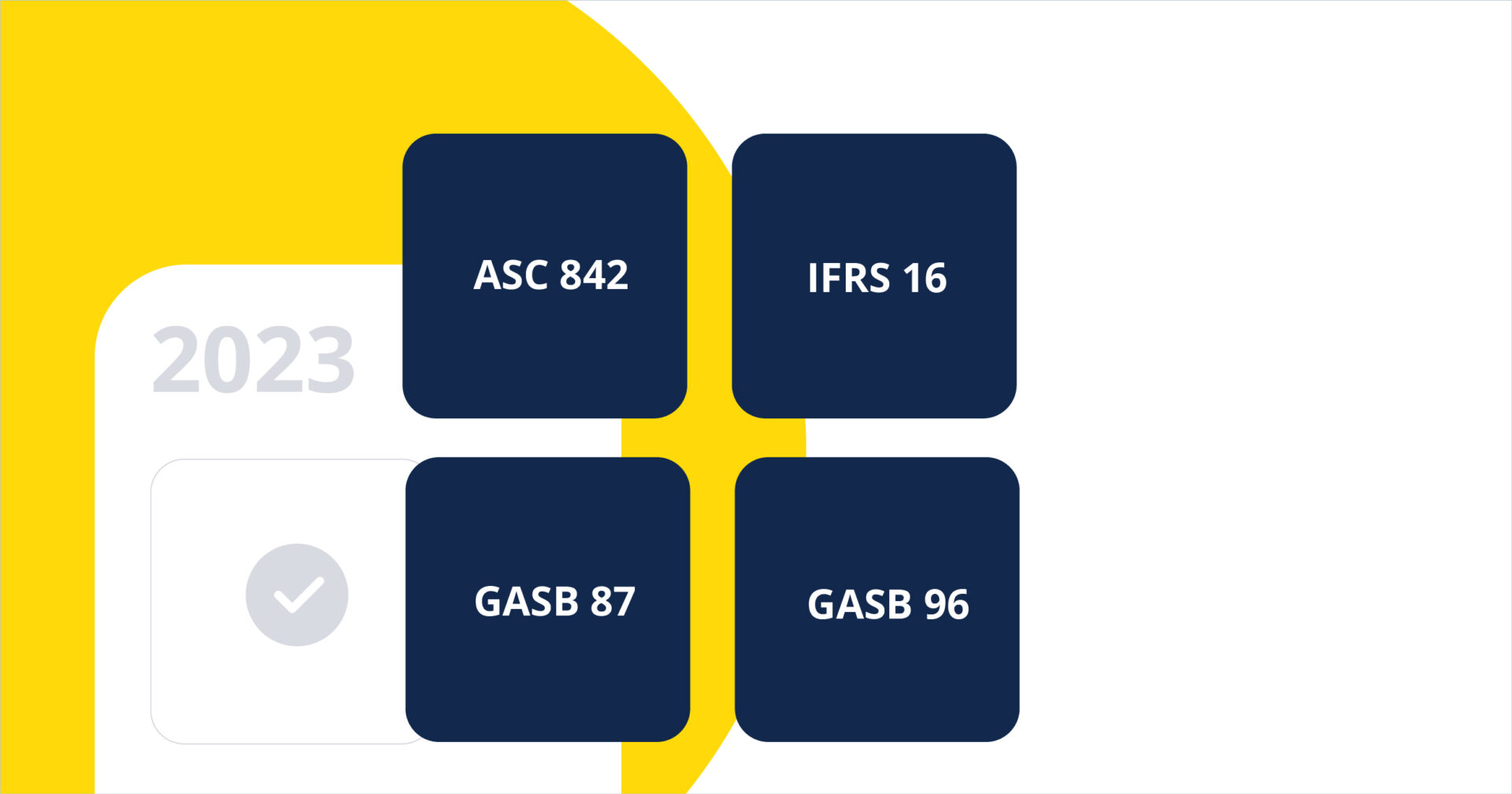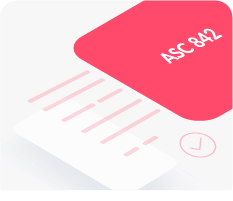
Being lease accounting compliant in 2023
By
EZLease team
Lease accounting standards have undergone significant changes in recent years, with the adoption of new standards such as ASC 842, GASB 87, GASB 96, and IFRS 16. These standards have introduced significant changes to the way leases are recorded and reported, and have brought many leases and subscription-based IT agreements (SBITAs) onto the balance sheet for the first time. As we move into 2023, it is important for organizations to ensure that they are compliant with these standards and properly accounting for their leases.
Why is lease accounting compliance important?
Lease accounting compliance is important for several reasons. First and foremost, compliance is required by law. Organizations that fail to comply with lease accounting standards may be subject to fines, penalties, and other consequences. In addition to the legal implications, compliance is also important from a financial perspective.
Properly accounting for leases can provide a more accurate and transparent view of a organization’s financial position and performance. This can help stakeholders, such as investors, lenders, and rating agencies, to better understand the organization’s financial health and make more informed decisions.
How to become lease accounting compliant in 2023
There are a few key steps businesses need to take to be compliant with the standards:
Review and understand the standards
The first step in becoming compliant is to thoroughly review and understand the lease accounting standards. This will involve reviewing the requirements for recognizing, measuring, and disclosing leases, as well as the specific guidance provided by the standards for different types of leases.
Identify all leases
The next step is to identify all leases and SBITAs that are subject to the standards. This will involve reviewing all contracts and agreements that contain a lease component, and determining which leases are required to be recorded on the balance sheet.
Determine the classification of leases
Once all leases have been identified, it will be necessary to determine the classification of each lease. There are two main types of leases under these standards: finance leases and operating leases. The classification of a lease will depend on the specific terms and conditions of the lease, as well as the underlying economics of the arrangement.
Measure and recognize leases
The next step is to measure and recognize the leases and SBITAs on the balance sheet. This will involve determining the lease liability, which represents the obligation to make future lease payments, and the right-of-use asset, which represents the right to use the leased property.
Disclose leases
Finally, it will be necessary to disclose the leases and SBITAs in the financial statements. This will involve providing detailed information about the leases, including the lease terms, the classification of the leases, and the impact of the leases on the financial statements.
Implement lease accounting software
The easiest way to ensure compliance is through the use of cloud-based lease accounting software like EZLease. We help you maintain compliance with ASC 842, GASB 87, GASB 96, and IFRS 16 by tracking leases, classifying them and keeping them organized in a seamless manner. Your business will save time and resources while being compliant with the various standards.
Get started with a free trial of EZLease today. Here’s to a happy and successful 2023!



